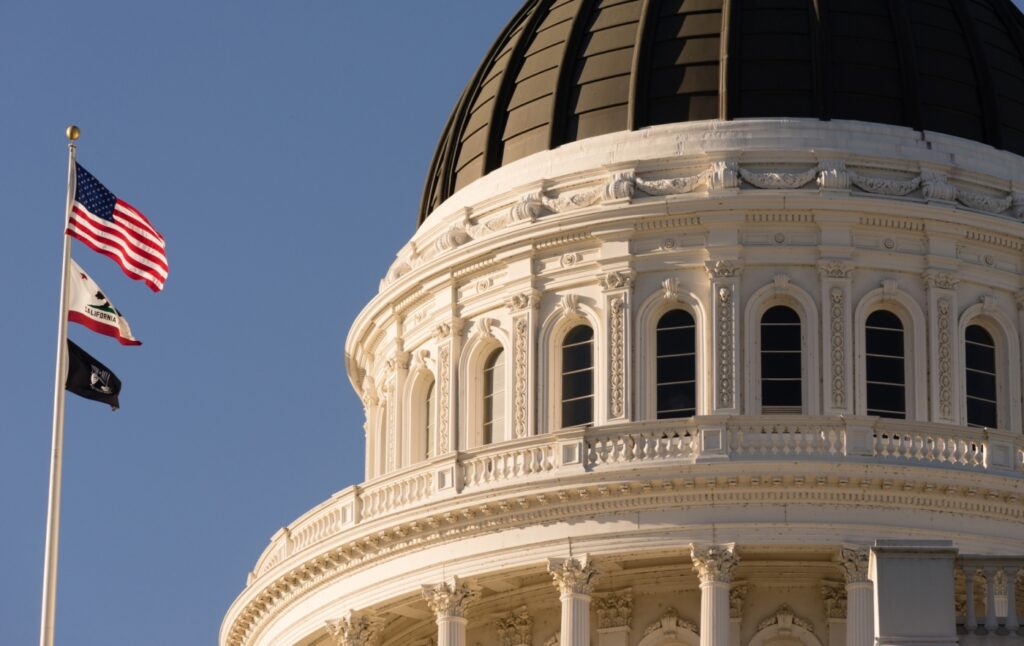
If you are late with your tax return, the government gets upset, fines you and may arrest you. When the government is late with its financial reports – nothing happens.
That’s the story with California’s Annual Comprehensive Financial Report for the fiscal year ending June 30, 2020. It was released way late, on Feb. 2, by Controller Betty Yee. That is, 19 months after the fiscal year ended.
Granted, COVID hit us at the end of that period. But Florida’s 2020 ACFR came out on Feb. 26, 2021, almost a year earlier than the Golden State’s. Texas’ ACRF for their fiscal year, which ended Aug. 30, 2020, also came out on Feb. 26, or six months after for them.
This is crucial because not only state finances, but counties, cities, school districts and other local entities depend on accurate information about what’s going on in Sacramento. And COVID, instead of being an excuse for tardiness, should have been a reason to make sure the numbers were delivered on time.
In her letter at the beginning of the ACFR, Yee blamed the lateness “in large part to reporting challenges experienced by departments in their transition to the Fiscal Information System of California (FI$Cal).” Maybe that was because everyone kept misspelling the goofy FI$Cal acronym.
Joking aside, FI$Cal, whose slogan actually is the ominous, “One State. One System,” began in 2005, but still isn’t finished 17 years later. A Jan. 4 report by the State Auditor scorched it for not completing “the project by its scheduled end date of June 2022” and for three straight tardy ACRFs, which hurt the state’s ability “to maintain a high credit rating and access to federal funding.”
There are three ways this could be dealt with, former state Sen. John Moorlach told me; I worked as his press secretary from 2017-20. “First, live with the slow process,” he said. “Second, litigate. Review the contract” with the computer companies they hired. “Say why this is not working. This is a glorified general-ledger program. But suing is difficult too. Third, spend a little more money. Get more code writers in there and get it done.”
It passes strange that California, still the global center of computer technology, can’t get its state technology act together. Think of Silicon Valley’s progress since. Back in 2005 was before the iPhone, Facebook was a year old and Twitter didn’t even exist.
As to the data in the new (but tardy) ACFR, the key number Moorlach always has stressed is the Unrestricted Net Position. It now includes liabilities for retiree medical and pension benefits.
The state’s 2020 UNP was a negative $208 billion, a slight improvement over 2019 by $408 million. But the end of the 2020 fiscal year, March-June 2020, was the start of COVID, when it seemed the state would be hemorrhaging billions from the lockdowns, instead of eventually racking up record surpluses.
Related Articles
Voters send clear message to the San Francisco school board
Honoring the irreplaceable P.J. O’Rourke
We can’t defend Ukraine and Taiwan
Why experts should embrace humility after their inflation miscalculation
Repeal Proposition 19’s death tax
That $208 billion clocks in at $5,260 per capita, or $21,040 for a family of four. You’re on the hook for that. The key liability in the audit is “$186.8 billion in unfunded employee-related future obligations.” According to the so-called California Rule, the money owed to the pensions must be paid – no matter what.
To deal with that, “You have to reduce liabilities,” Moorlach said. “That would be allocating the surpluses to payments to CalPERS and CalSTRS,” the state’s two giant public-employee pension programs. “That’s not sexy. But if you reduce the debt, you reduce the annual required contribution.”
Gov. Gavin Newsom’s Jan. 10 budget proposal for fiscal year 2022-23, which begins on July 1, in its words “accelerates the paydown of state retirement liabilities as required by Proposition 2, with $3.9 billion in additional payments in 2022-23 and nearly $8.4 billion projected to be paid over the next three years.” That’s something. But not nearly enough.
And if a recession hits, all numbers will be scrambled and your taxes will go up.
John Seiler blogs at johnseiler.substack.com
